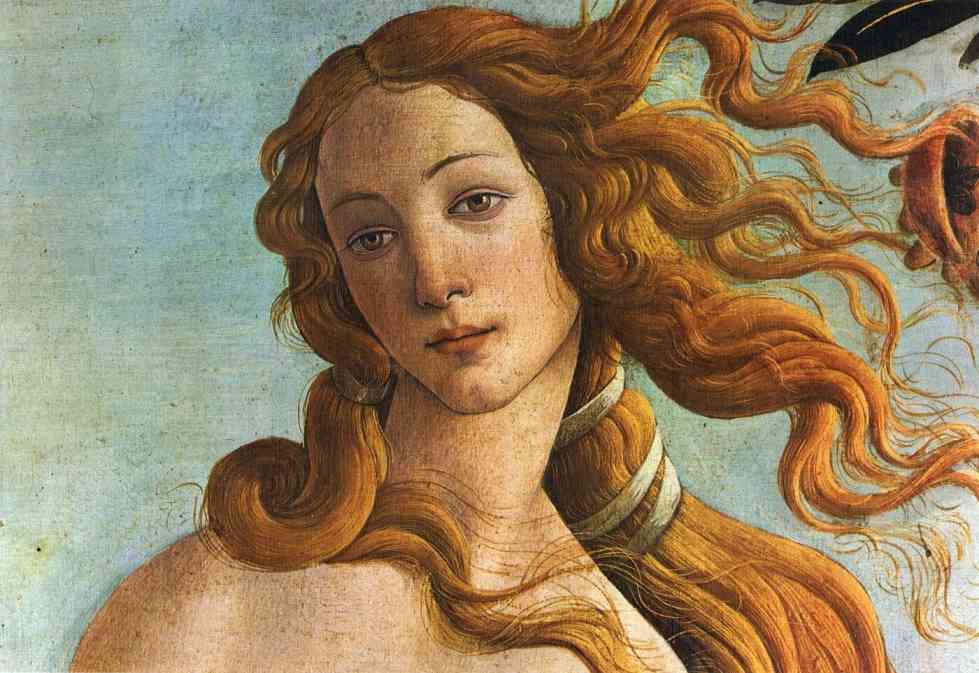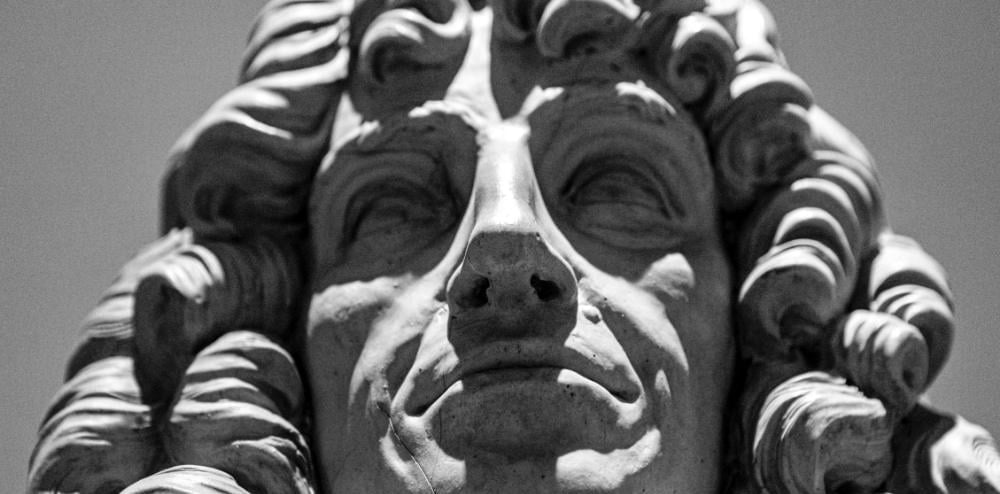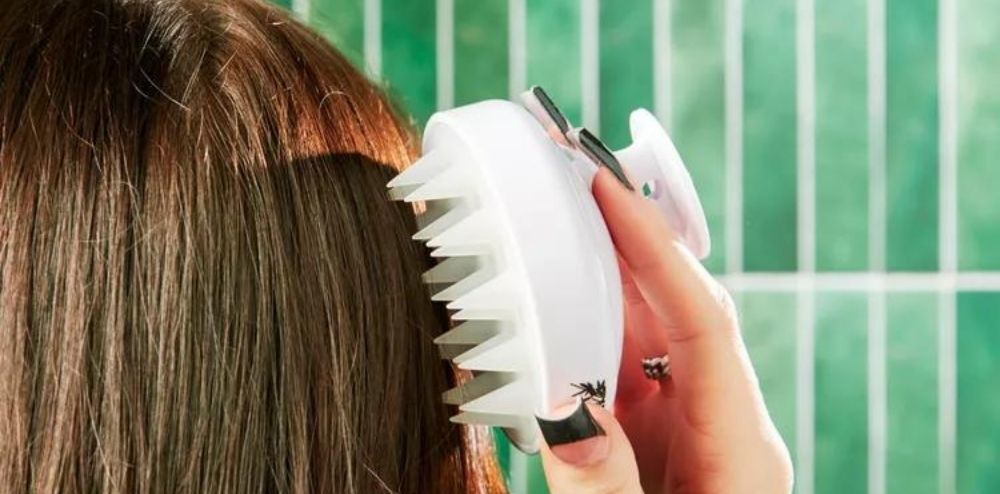From the past to the present, hair has always attracted attention in history. It has represented power, prestige, mystical energy and warrior identity in different cultures. In some cultures, it represented beauty and attractiveness. Therefore, the aesthetic perception of hair has become important.
This aesthetic perception of hair is also reflected in art. These meanings attributed to hair are better expressed when combined with works of art.

Famous painter Sandro Botticelli, who likes to reflect hair in his art, prioritized the aesthetic image with golden silky hair in his work called “The Birth of Venus”. Botticelli did not use hair only on the perception of beauty in women. Here he used the hair to show the power, the beauty of Venus. He reflected importance of hair in culture in his works.
In addition, when we look at the paintings depicting great leaders, we see the importance of hair. When looking at the paintings of Alexander the Great, we can see that his hair is golden, shiny and curly. Here, hair does not show aesthetic beauty but it represents Alexander the Great’s hair like a lion’s mane to show his strength.
In mythological art works, hair is again in the foreground. Because the connection between hair and power affects the art directly.
Many artists have processed hair from different perspectives in their works. Although their perspectives were different, hair has been always an outstanding factor in art throughout history.
In addition, the hair also affected the sculptures made in the Ancient Roman period. In the ancient Roman period, hair was more prominent in the sculptures made in social areas. Because in the ancient Roman period, hair represented the honor and character of a person. For this reason, the hair of the people who were sculpted has always been highlighted. Because hair was thought to affect the subconscious perception of people. The importance of hair has a direct impact on the sculptures, as well as on every branch of art.







